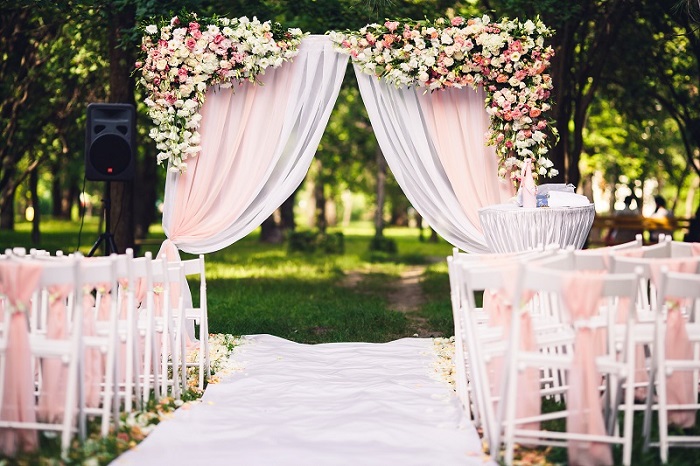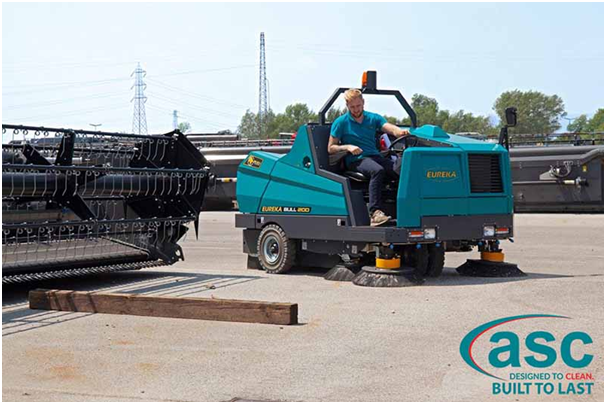Choosing the perfect bed for your child is more than selecting a place to sleep; it's about creating a safe, comfortable, and inspiring environment where they can rest, dream, and grow. With multiple options available, finding the right bed can be overwhelming.
This guide will highlight the key factors to consider and introduce you to some popular choices, including the floor bed and the tent bed, to help you make an informed decision.
1. Consider Your Child's Age and Stage
The first step in choosing the right bed for your child is considering their age and developmental stage. A toddler transitioning from a crib will have different needs than a school-aged child or a preteen.
? Toddlers (1-3 years): Safety is important at this stage. A floor bed can be an excellent choice, as it allows your child to move in and out of bed independently, reducing the risk of falls. The low height of a floor bed also promotes a sense of freedom, which can encourage self-confidence and independence.
? Preschoolers (3-5 years): As your child grows, their bed should reflect their increasing size and mobility. A low bed with guardrails might still be necessary, but this is also the age where a tent bed can add an element of fun. A tent bed creates a cosy, imaginative space that doubles as a play area during the day.
? School-Aged Children (6-12 years): By this stage, your child’s bed should offer more space and possibly some storage solutions. A twin or full-size bed is appropriate. A tent bed can continue to provide a sense of adventure and privacy, while a floor bed remains an option if you prefer a minimalist approach.
? Teens (13+ years): Teenagers need a bed that reflects their maturity and style. Comfort becomes important as they spend more time in their room studying or relaxing. A full or queen-size bed is usually ideal at this stage.
2. Assess the Room Size and Layout
The size and layout of your child's room will influence the type of bed you choose. If space is limited, a floor bed might be the perfect solution as it doesn't take up much vertical space, making the room feel open and spacious. Floor beds can be easily moved around, allowing you to change the room layout as needed.
If you have ample space, a tent bed can be a delightful addition. Tent beds have built-in storage or play areas underneath, maximising the room’s functionality. The tent structure can also create a defined sleeping area, making it easier for your child to transition from playtime to bedtime.
3. Prioritise Safety Features
Safety should be at the forefront of your decision-making process. When evaluating beds, consider the following safety features:
? Guardrails: Guardrails are essential for younger children to prevent falls during the night. Even some floor beds come with optional guardrails for added security.
? Sturdy Construction: Ensure the bed is made from high-quality materials and has a stable, robust frame. This is important for tent beds, where the additional structure must be securely attached to the frame.
? Non-Toxic Finishes: If the bed is painted or stained, ensure the finishes are non-toxic and safe for children. This is important for younger children who might still be prone to chewing on surfaces.
? Proper Mattress Fit: The mattress should fit snugly within the bed frame without any gaps where your child could get stuck. This is crucial for floor beds and tent beds.
4. Think About Long-Term Use
While it might be tempting to buy a bed that suits your child’s current age and interests, it’s wise to think about the long term. Investing in a bed that can grow with your child will save you money and hassle down the road.
? Convertible Beds: Some beds can be adjusted as your child grows. For example, a crib that converts into a toddler bed and then into a full-size bed can be a great long-term investment.
? Neutral Designs: Consider choosing a bed with a neutral design that can be easily adapted to different themes and styles as your child’s tastes change. This is relevant for tent beds, where you can switch out the tent fabric or decorations as your child ages.
5. Involve Your Child in the Decision
Involving your child in the bed selection process can make the transition to a new bed smoother and more exciting. Let them have a say in the style, colour, or theme of the bed. This can be fun with tent beds, where your child can choose the tent design that reflects their interests, whether it’s a princess castle, a pirate ship, or a space rocket.
For younger children, you might offer them choices between two or three parent-approved options. This gives them a sense of control while ensuring the final choice meets all safety and practical considerations.
6. Budget Considerations
Beds for children come in a wide range of prices, and it’s important to balance quality with cost. While opting for the cheapest option might be tempting, investing in a well-made bed can pay off in the long run by providing durability and comfort.
? Floor Beds: These tend to be more affordable due to their simple design. Choose a high-quality mattress and frame to ensure your child’s comfort.
? Tent Beds: These can be more expensive due to the added features, but they offer additional value by serving as a bed and a play area. Look for options that include storage or convertible features to maximise your investment.
- Conclusion
Choosing the perfect bed for your child is a significant decision that combines practical considerations with the need to create a nurturing environment. Whether you opt for a floor bed that promotes independence or a tent bed that sparks the imagination, the key is to choose a bed that suits your child’s current and future needs. By considering your child’s age, room size, safety features, long-term usability, and budget, you can find a bed that will provide comfort and joy for years to come.

 Daniel
Daniel



